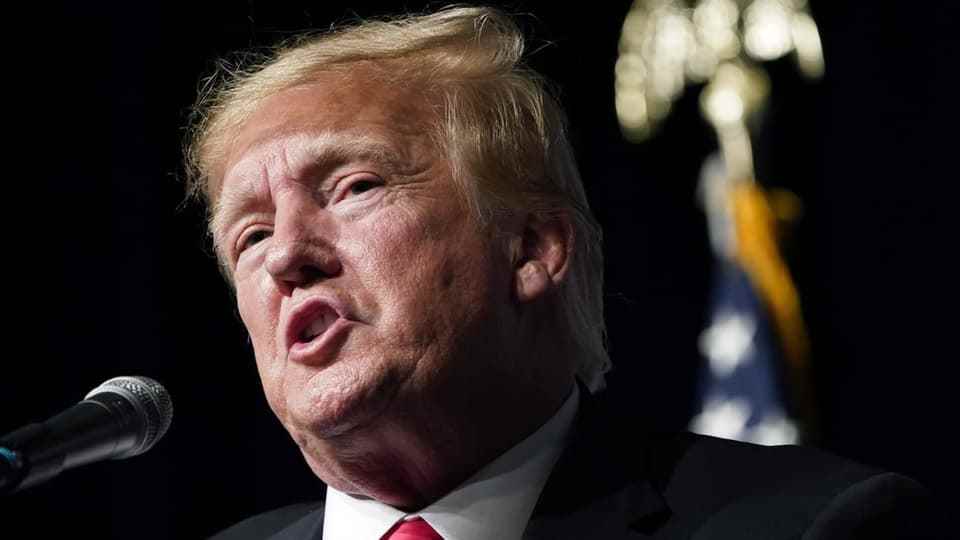contents
The United States is divided as rarely, it is said again and again. The willingness to use violence in extremist groups is high. That sounds worrying. But how divided is the United States really?
Bringing Americans back together, uniting a divided country: that is one of the main goals of Joe Biden’s presidency. On the evening of his election a year and a half ago, he declared: “Let us be a united country, a strengthened country, a healed country.” But a lot has happened since then. The Supreme Court’s verdict on abortion rights has sparked protests for weeks.
Legend:
Committed to uniting the American people: President Joe Biden, pictured here visiting a vaccination center in Washington last June.
key stone
The atmosphere seems heated. The Canadian author Stephen Marche does not even rule out a new civil war. In his book The Next Civil War, he paints a bleak picture of a country on the brink of self-mutilation. There are plausible reasons for this thesis, he says in a TV interview.
The USA has everything that is needed for a civil war: extreme identification with the parties, great inequality, little trust in the institutions and an increase in violence.
Caution, say two researchers from Vanderbilt University in Nashville. Political scientists John Geer and Mary Catherine Sullivan have developed an index that empirically measures how united the United States currently is. Using opinion polls, protest movements and the voting behavior of MPs, they show how political unity in the USA has developed since the 1980s.
Index points to radicalization
“From 1981 to 1994, US political unity averaged 68 percent. Then a downward trend began.” Today the average is only 54 percent, according to Sullivan. “A larger proportion of citizens describe themselves as ideologically extreme.”
Previously, less than 20 percent said they were extremely liberal or extremely conservative. Around a quarter say so today.
The fact that the country is more polarized and divided today has to do with the emergence of the Republican-leaning Fox News channel, with social media and with the presidency of Donald Trump, says Geer. “Many Republicans still see Trump as a means to an end to get back to power.” But he has no connecting personality. “His policy is based on division.” In many ways he is a genius and is sometimes underestimated.

Legend:
Trump, pictured here July 8 at a campaign event for a Republican Senate candidate in Nevada, hints that he plans to run again in 2024.
key stone
But Geer also sees reason for hope. Under Biden, political unity increased again slightly. And it should be put into perspective anyway. “Our data shows that even in the years when we thought our country was particularly united, the index never exceeded 70 percent.” There have always been differences of opinion.
Decisive who is President
“It’s part of a democracy. But we have to learn to deal with it better.” To say the US is on the brink of civil war is a gross exaggeration, adds Sullivan. Such talk is dangerous and almost conjures up violence. “It’s easy to say now: We don’t get along at all. Our political institutions are crumbling. But our data contradict that.”
Even if extremism is increasing: “Most Americans are not extremists. They trust democracy.” With the index, the researchers want to contribute to making the debate about political unity more fact-based. The data showed that it was crucial who was in the White House. “Who we vote for has a huge impact on how we see politics. We should be more optimistic about the future of US democracy,” Sullivan concluded.
